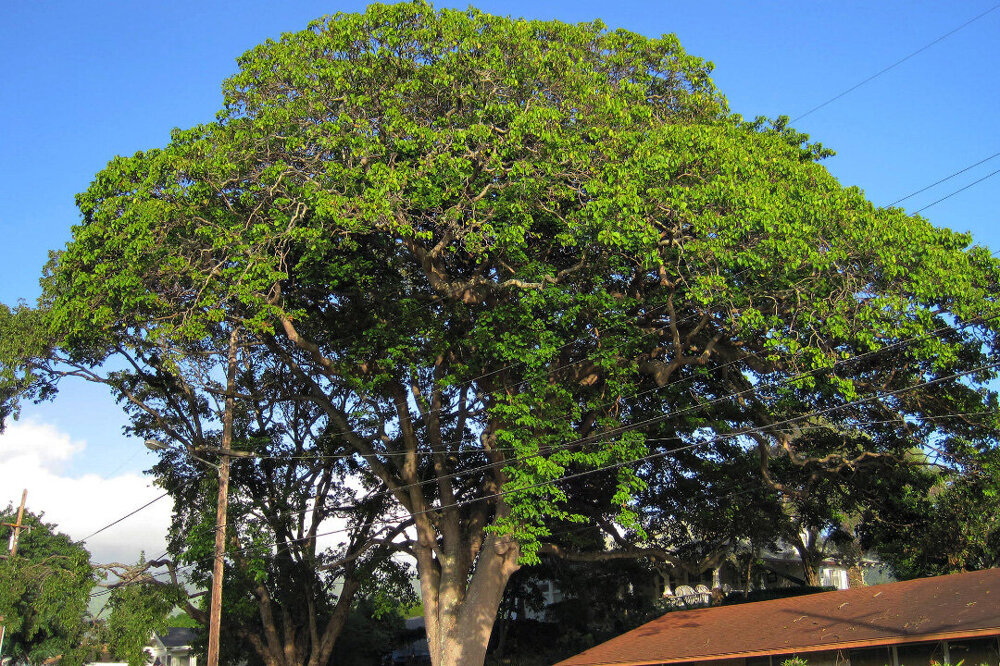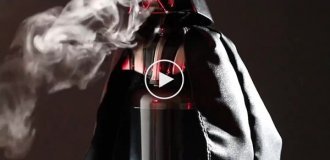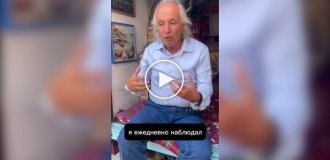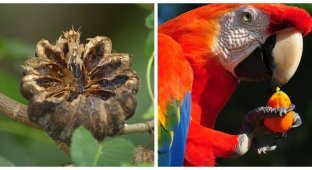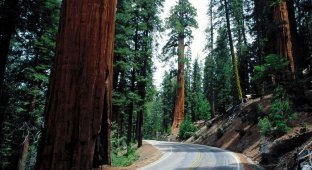Dynamite tree, one of the most dangerous on the planet (5 photos)
So, meet the dynamite tree, better known among scientists as Hura crepitains, whose homeland is located in the tropical forests of South and Central America. However, those who like to grow exotic plants have attracted it to Africa, India and Southeast Asia, where it is considered an invasive species. 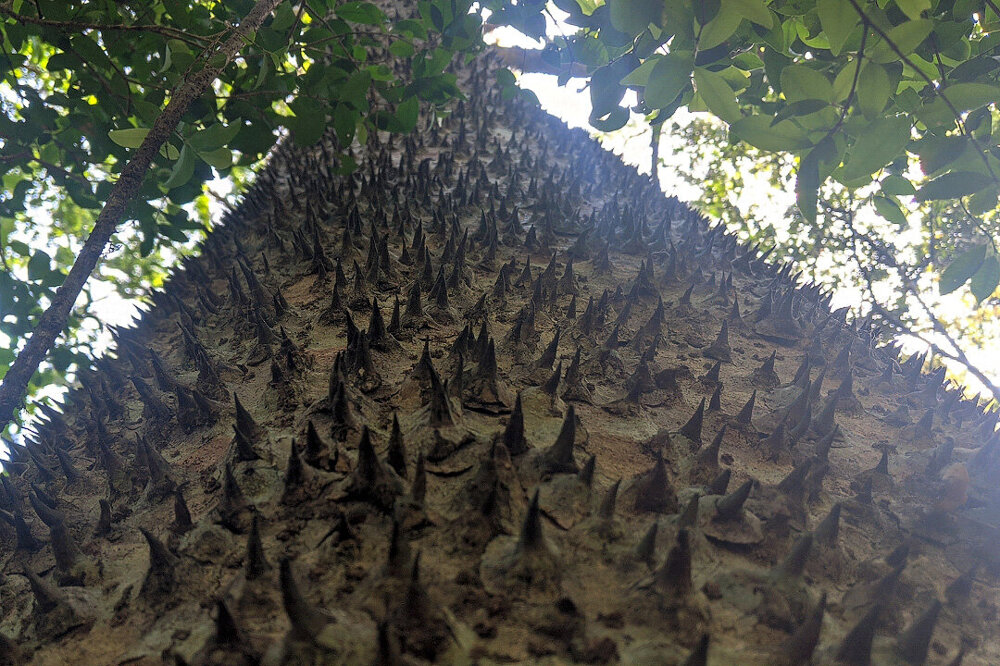
The thorns of this tree cover almost the entire bark, protecting the fruits from those who like to feast on them. Because of this, the tree received the nickname “no monkey climb tree.” 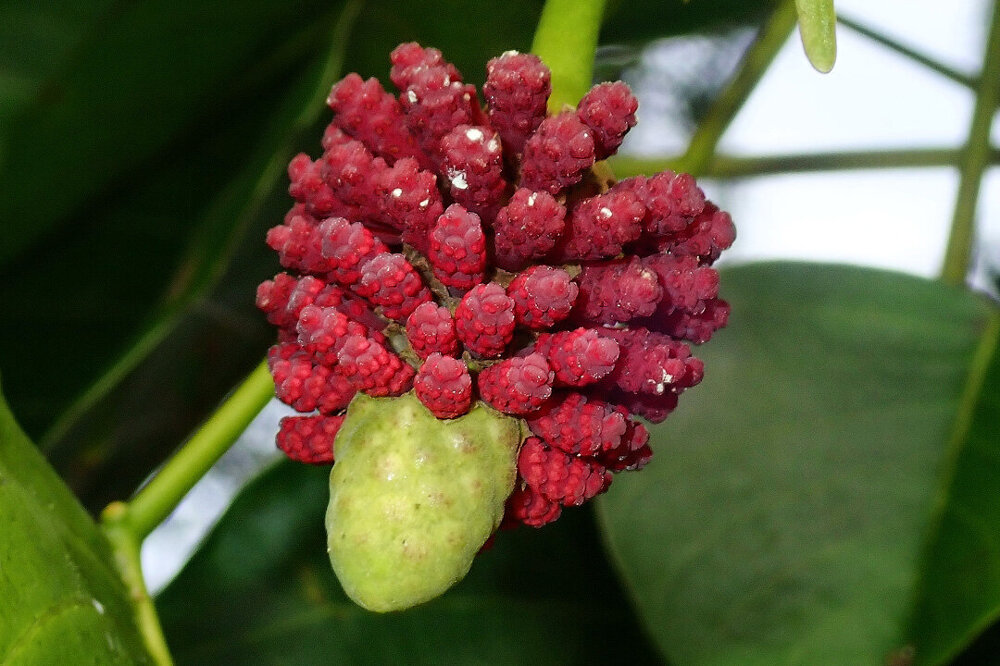
The sap of this tree is extremely poisonous (like most euphorbias). If it gets on the skin, it causes severe burns and itching. And if even the smallest amount gets ingested, it can cause vomiting and convulsions. If the eyes are exposed to the juice, temporary blindness may occur.
The poison is so strong that Indians poison their arrows for hunting and poison fish with it, and in the USA the sap of this tree is used to produce tear gas. I have not found information on how to eat prey after poisoned arrows without risking poisoning, but I will assume that heat treatment neutralizes it. 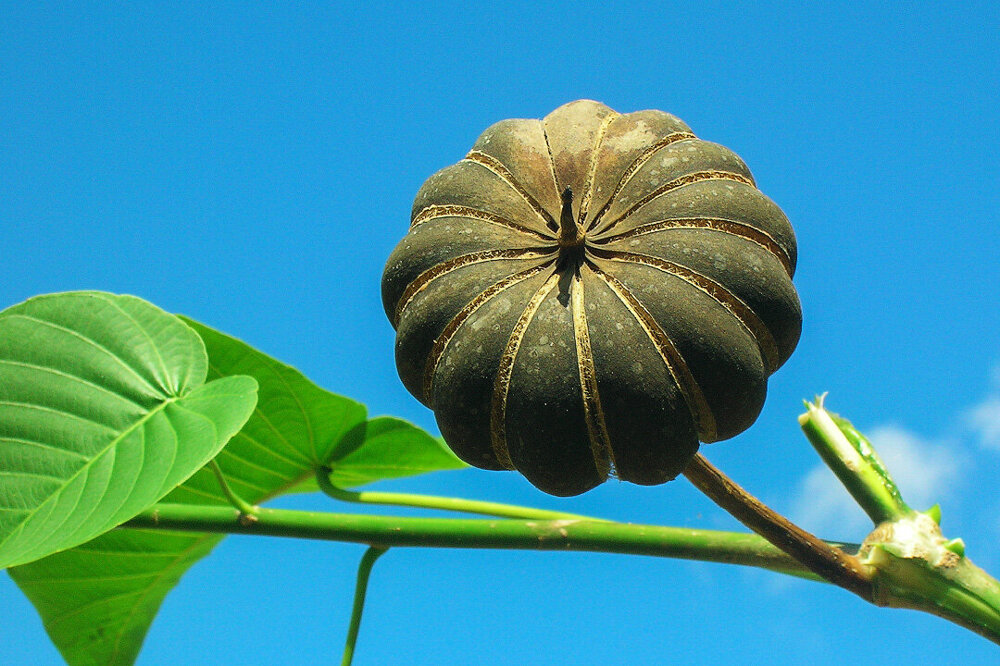
The flowers of the male and female trees are different. The flowers of the male tree were pictured above, but the female flower is a single one that turns into a pumpkin-like fruit.
It was these fruits that gave the plant its English name – sandbox tree. In times when there were no blotters, fine sand was stored in the fruits, into which ink was blotted.
But there is something else besides the poison that makes the hura deadly, and gave it the Russian name “dynamite tree”. 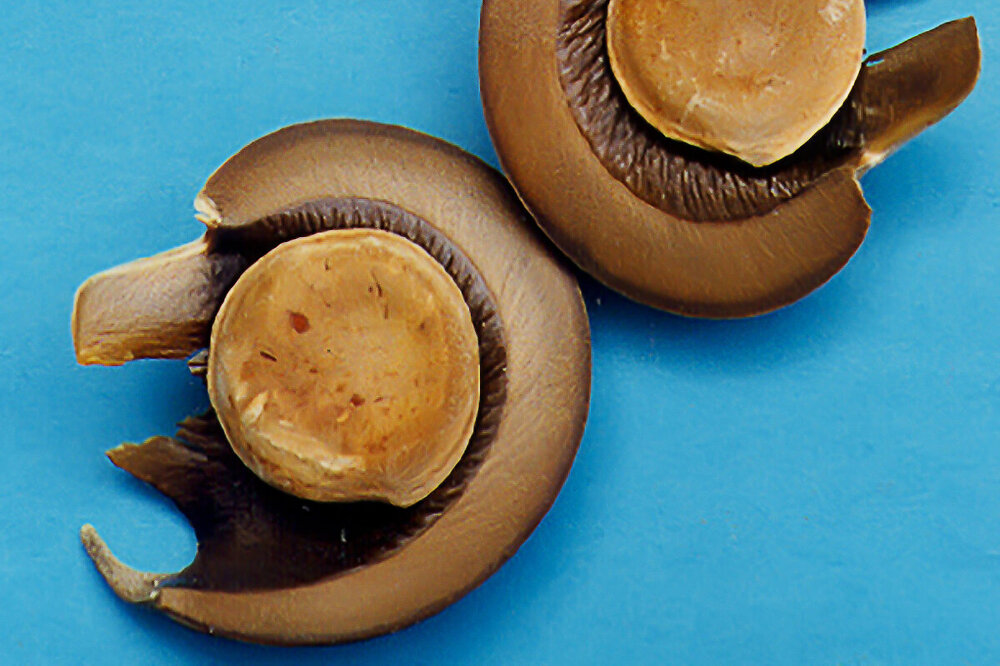
When the fruits ripen, the “pumpkin” flies down (from a height of about thirty meters) and bursts with a deafening crack, similar to a pistol shot. And the seeds enclosed in “cassettes” (pictured above) scatter in all directions, contributing to the spread of the tree.
It is noteworthy that the speed that the seed gains when “shot” is approximately 70 m/s (250 km/h). Deadly shrapnel is scattered and can kill a person or animal that is nearby. Provided that after hitting the ground, the seed flies out along the optimal trajectory, it can fly about half a kilometer! And given that trees often grow in groups, it is better not to be near them during the fruiting period 